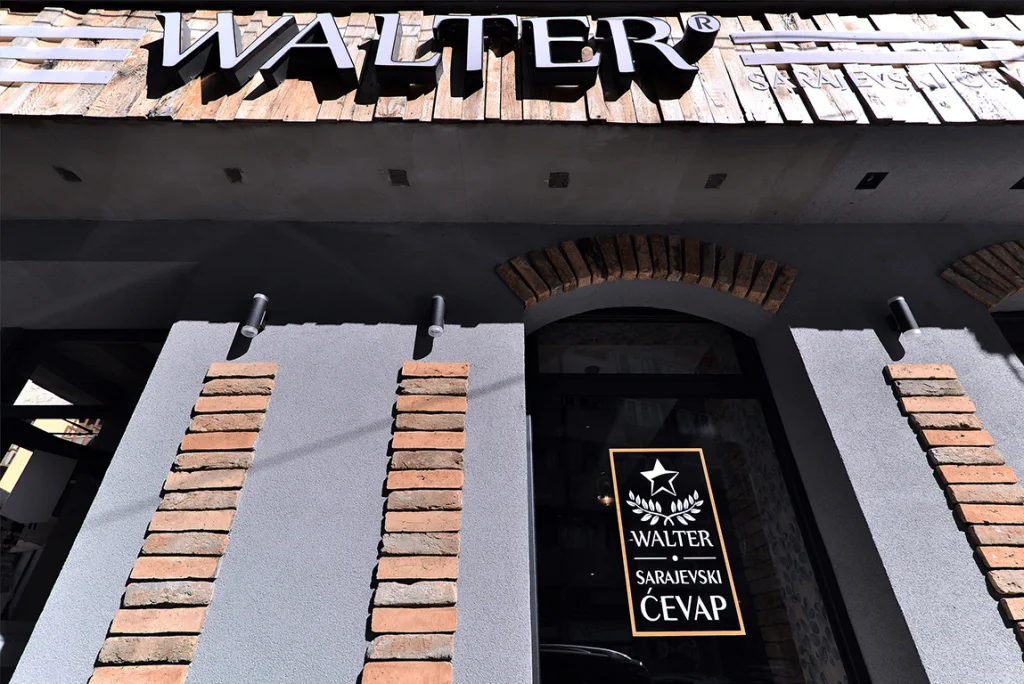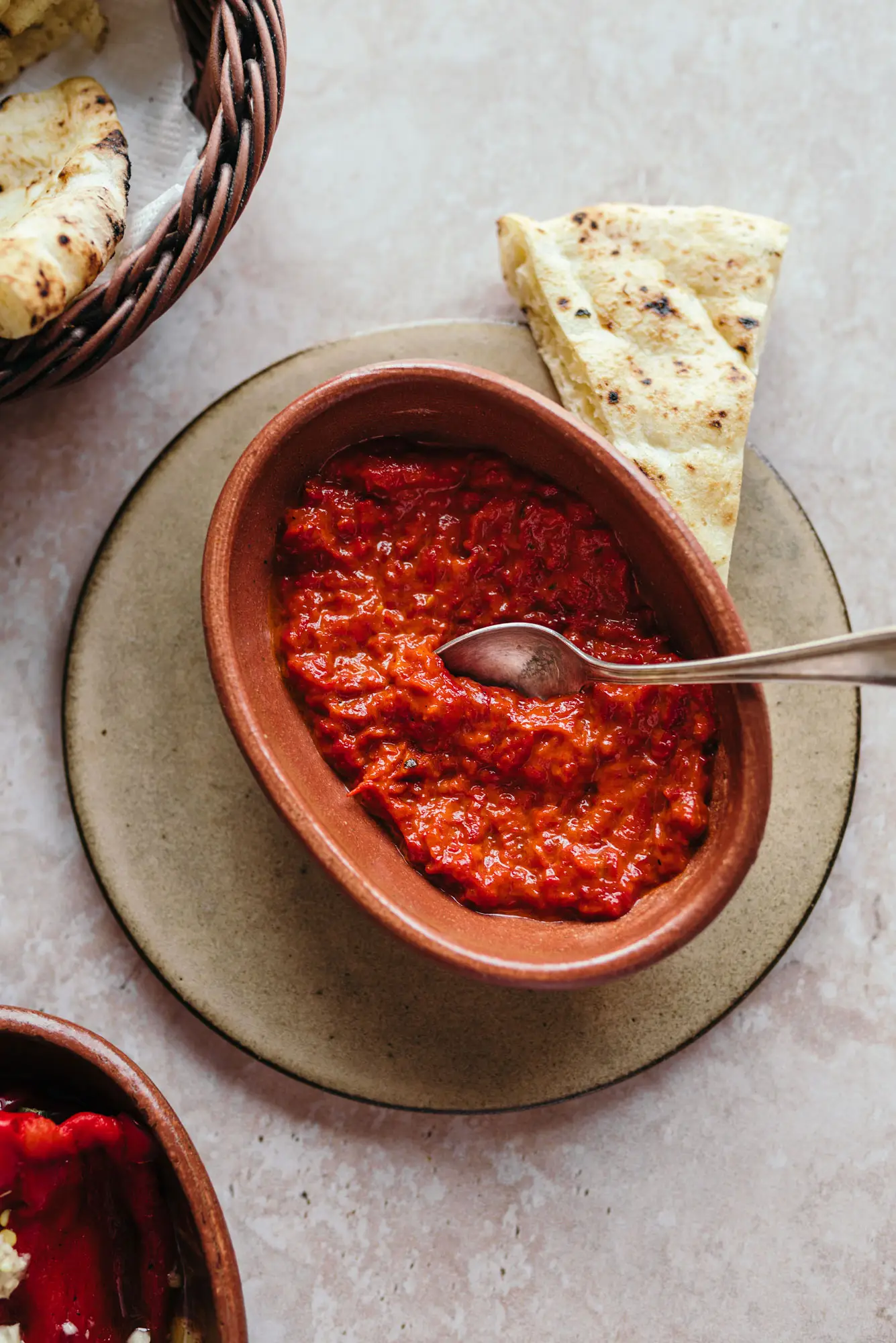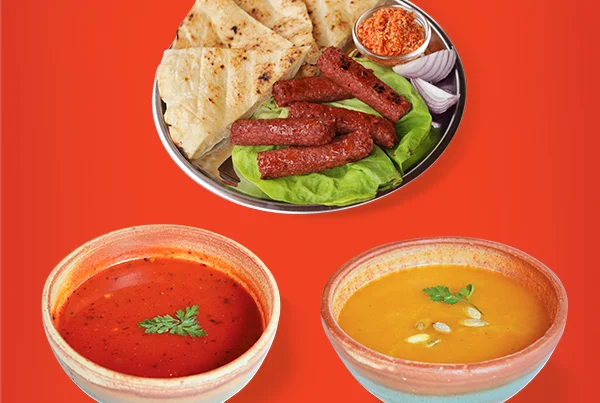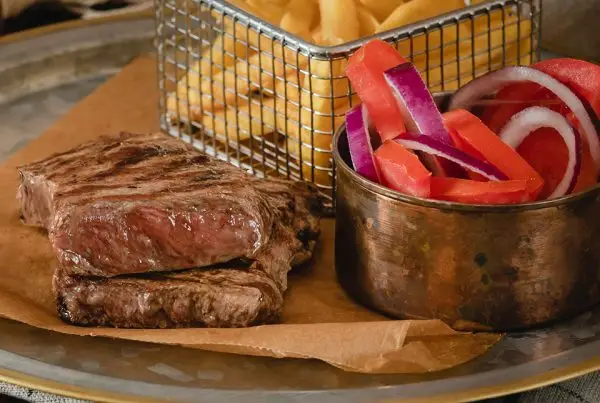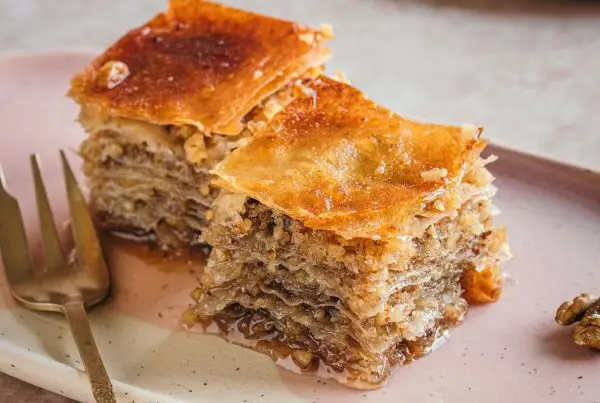Everyone’s favourite ayvar is something that the tables in these parts cannot do without. Ayvar is a staple of Balkan cooking, whether you enjoy eating it with bread, as a side dish with other foods, or spread it with a spoon.
The majority of the red peppers used in this recipe are either red sweet tooth chili peppers or elephant ear varieties. Each location and every housewife have their own recipe that they stick to and believe to be the best, just like with ćevapi. What has a history to say?
THE FIRST PRINTED AYVAR RECIPE
Several accounts claim that the first ayvar might have really been produced in Macedonia. Yet, blue aubergine is a component of the Macedonian ayvar that Serbian housewives never add to their version of the recipe.
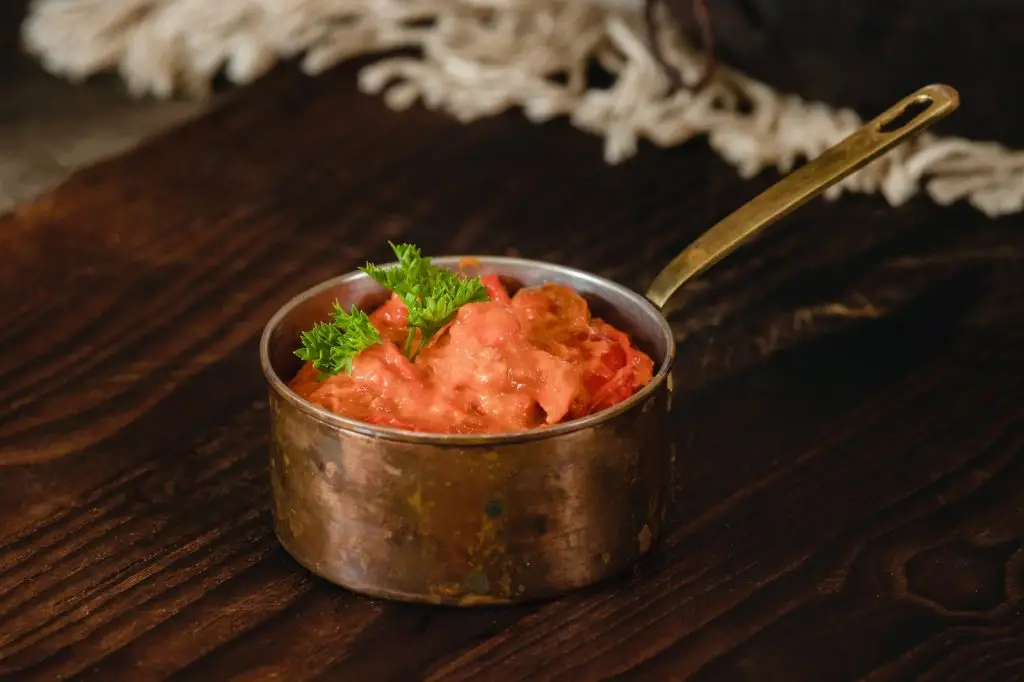
Of course, there are differences between ayvar, which is primarily made from red sweet tooth pepper, and pinđur, which is created entirely from aubergine.
We are in for a surprise if we take a look at the first ayvar recipe that was ever printed. This type of spread or salad can be made according to the thorough instructions in Katarina Popović Midžine’s „Great Serbian Cookbook.“ And lo and behold, the aubergine is there as well!
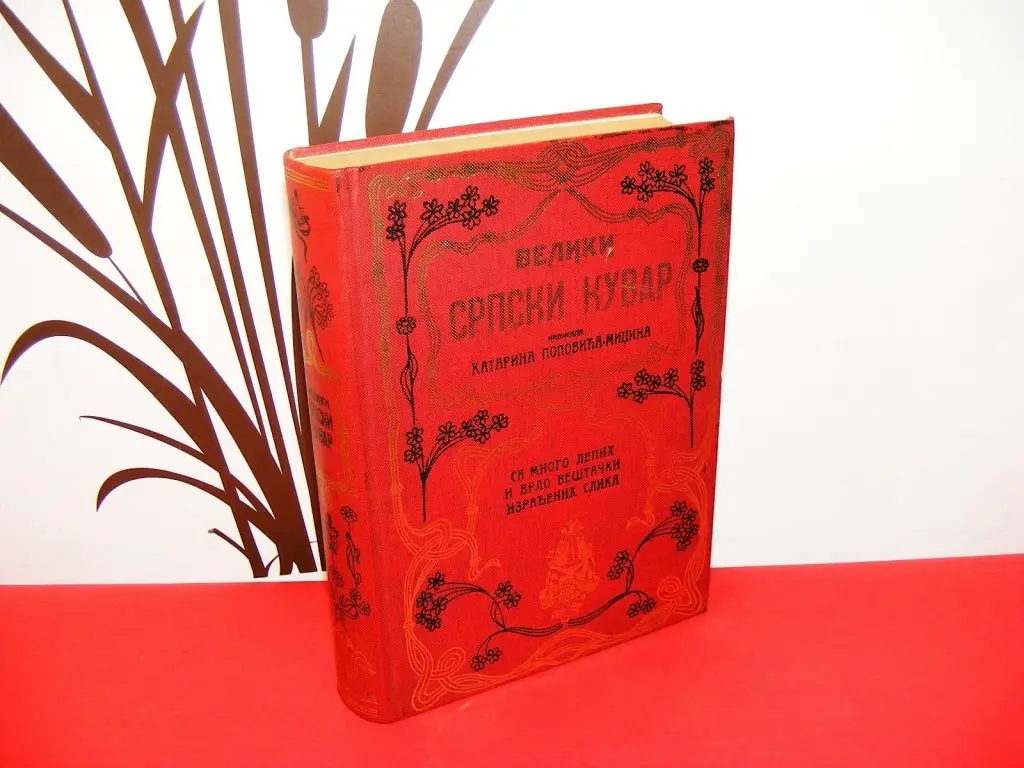
The Great Serbian Cookbook by Katarina Popović-Midžina
Here is her full recipe:
„Over hot coals, three sizable aubergines are placed to roast. Take 4 capsicums for each aubergine and roast them on a hot stove. Once both have seared, remove the peppers to a bowl of ice water and peel the aubergine (preferably using a small silver spoon), being careful not to remove any of the meat from it while doing so“
„The upper skin should then be peeled off with a pepper knife. The peppers and aubergine should then be placed in a wooden pestle where you had previously been squashed two to three garlic cloves. Put it in a bowl with three thinly sliced black onions, salt, and vinegar to taste. Add three spoons of fine oil. Mix well. Place in a glass bowl. Drizzle with additional oil. Serve.“
„If you don’t have silver spoons, let him do the mentioned work with a wooden or glass spoon or a teaspoon or a horn knife. This ayvar made in this way can be stored in the shade for several days.“
PEPPER CAVIAR
Ayvar was „advertised“ as Serbian caviar in order to get customers to try it, according to a common urban legend about Serbian tavern owners.This is partially true because the word ayvar comes from the Turkish word hayvar, which roughly translates to „salted roe.“Nowadays, „vegetable caviar“ is an essential side dish at every meal, therefore it most definitely does not need advertising. The flavour of roasted peppers enhances any meal, particularly when served with traditional delicacies!
PERSISTING TRADITION
You have just discovered a location that protects from oblivion the delicacy of this region, including everyone’s favourite ayvar.The names Walter and ćevapi, pljeskavica, sudžuk, and other upscale fare have come to be synonymous.
Of course, such gourmets can’t be imagined without ayvar!Order our by far most popular side dish, ayvar, whether you decide to dine at Walter restaurants or choose delivery.
